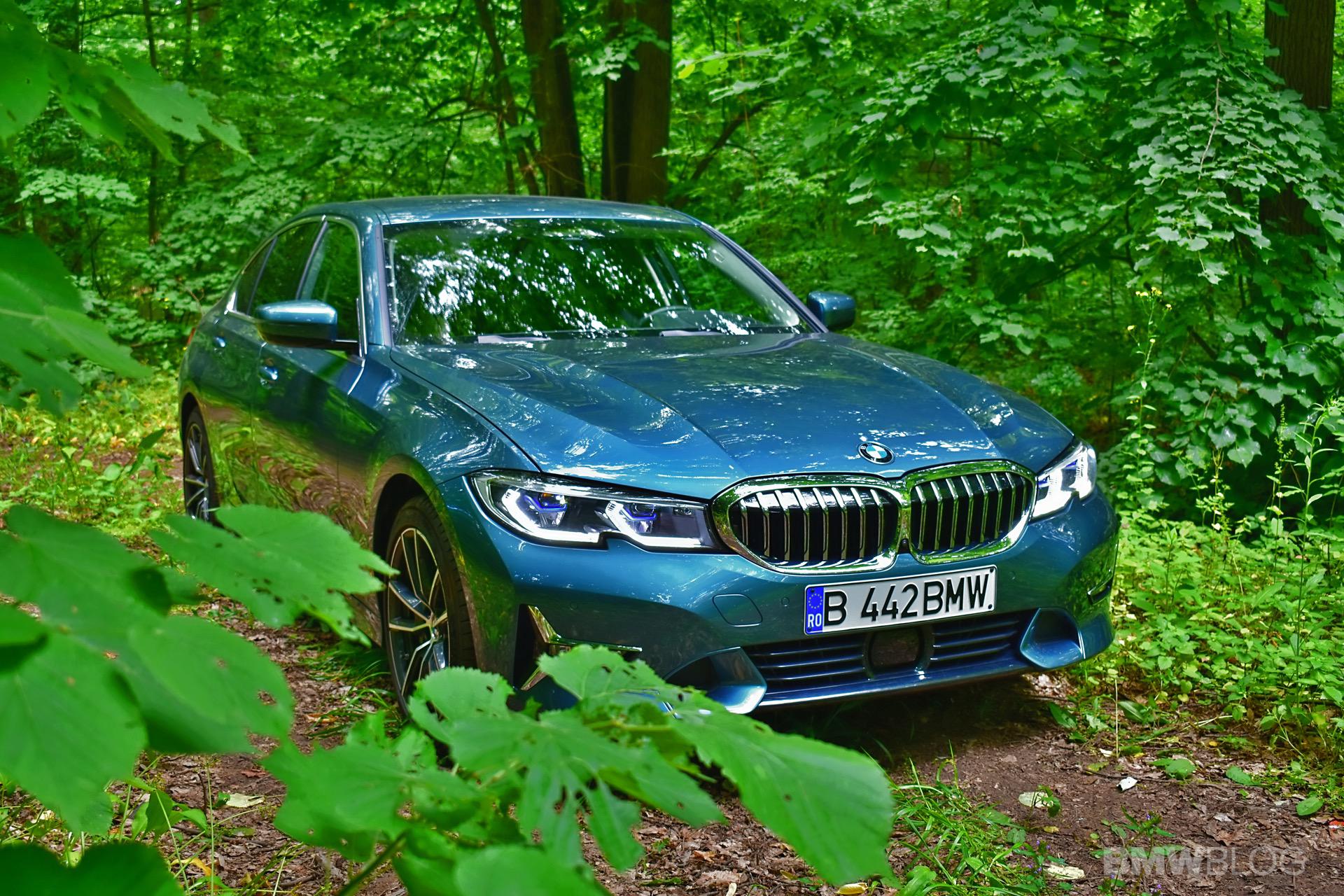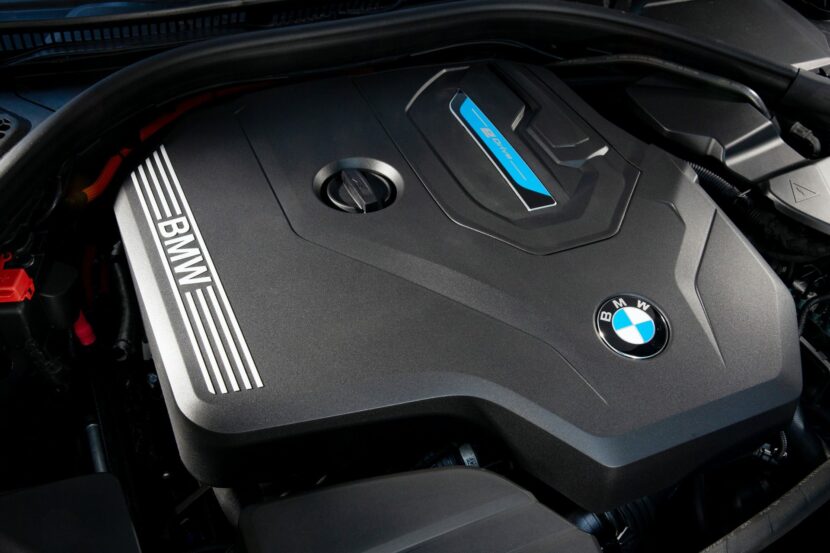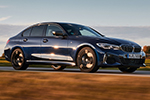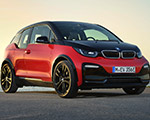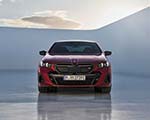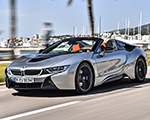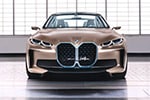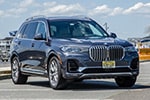The BMW 330e occupies a fascinating space in the brand’s lineup — one that never quite got the attention it deserved. Stuck between the traditional combustion-powered 330i and the all-electric i4, the plug-in hybrid 3 Series promised the best of both worlds: classic BMW dynamics with a sprinkling of plug-in power. Yet, despite its technical prowess and real-world versatility, it was often overlooked by enthusiasts chasing horsepower or those embracing full electrification.
That’s unfortunate, because the 330e more than lived up to both expectations and its badging. It proved that efficiency didn’t have to come at the expense of driving enjoyment, and that hybrid power could enhance, rather than dilute, BMW’s signature character. Beneath its understated exterior was one of the brand’s most complete modern powertrains — efficient, capable, and surprisingly engaging.
A Balanced Hybrid Powertrain
Much like the 330e’s first generation, the G20 330e married a 2.0-liter four-cylinder engine to an electric motor and battery. The resulting 288 horsepower and 310 pound-feet of torque is an improvement from the car’s predecessor, the F30 generation 330e. Or, as it was then known, the 330e iPerformance. That car used similar hardware, also employing “Xtraboost” function that locks some horsepower away in regular driving situations. While 250-ish horsepower for around-town driving might not sound like a lot — especially juxtaposed with the high-octane M340i (now making 386 horsepower) or fire-breathing M3 — it’s certainly adequate for a “regular” 3 Series. While the added power didn’t add much zip to the car compared to the regular 330i, it did enough to counterbalance the weight of the added powertrain components. Additionally, the smooth electric power delivery gives the 330e’s powertrain an even more linear feel.
And, remember, the 330e is a PHEV. Before the car was unceremoniously axed in the U.S., the 330e offered a little over 20 miles of electric-only driving range. But in the rest of the world, a refresh for 2024 saw range increase to a whopping 63 miles. Granted, this was measured via WLTP, not EPA estimates, but it still represents a 30-mile increase from the former EU test numbers. Besides, while obviously 60+ miles of range is remarkable, even the smaller number was nice. Especially considering the true lack of PHEV sedans in the marketplace; you’re really stuck stepping up to the Porsche Panamera hybrid or larger 5 Series hybrid. For those with a short commute, the 330e was perfect for the job.
Same Great 3 Series Looks and Precision
Like the best PHEV BMW currently makes, the X5 xDrive50e, the 330e does little to showcase its “hybridness” to the world. While the charging flap was a dead giveaway, and some models had an extra badge and tweaked roundel design, there were no other significant changes to the hybrid 3 Series. As a result, the 330e largely looks the same as any other G20 on the road — a very good thing. You could even deck it out with M Sport goodies if you so desired. Underneath it all, the 330e benefits from all the same chassis engineering that went into the regular BMW 3 Series, too. So it’s just as much fun to drive as a gas model.
The 330e, at least in America, will always be unfairly appraised. Enthusiasts snubbed it in favor of the quicker M340i. Meanwhile, plenty of drivers opted for an all-electric i4, which was technically a better choice so long as you had the EV infrastructure challenges handled (i.e., a charger at home/work). But just because there are better choices for niche use cases doesn’t mean the 330e can’t stand on its own. In fact, it does so admirably. I sincerely hope European (and presumably some other markets) drivers are enjoying their 330e. The evolved, higher-range version is arguably one of the best modern BMWs money can buy.


